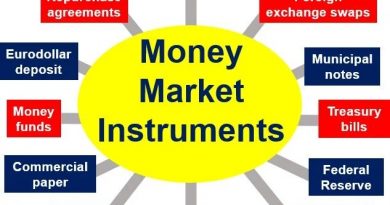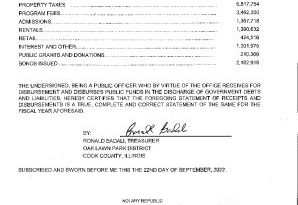Market-on-Close MOC Order Definition Risks and Benefits

Contents
Market-on-Close (MOC) Order: Definition, Risks, and Benefits
What Is a Market-on-Close (MOC) Order?
A market-on-close (MOC) order is a market order executed near the closing price. MOC orders are not available in all markets or from all brokers.
All MOC orders must be received at New York Stock Exchange (NYSE) markets by 3:50 p.m. Eastern Time (ET), unless entered to offset a published imbalance. NYSE markets’ rules also prohibit the cancellation or reduction in the size of any MOC order after 3:45 p.m. ET.
On the Nasdaq, all MOC orders must be received at Island by 3:55 p.m. ET, but may not be canceled or modified after 3:50 p.m. ET.
Key Takeaways
- A market-on-close (MOC) order is a non-limit order executed at or after the stock exchange’s closing.
- Traders place MOC orders in anticipation of a stock’s movement the next day.
- A surge of MOC orders can create trade imbalances at the end of the trading day.
Understanding Market-on-Close (MOC) Orders
A market-on-close order is a scheduled market order traded at the close, at the most recent trading price. The MOC order remains dormant until close, when it becomes active. Once active, it behaves like a normal market order. MOC orders help investors enter or exit the market at the closing price without placing an immediate market order.
Traders often place MOC orders as part of a trading strategy. For example, some traders exit at the close if a certain price level was breached during the day. MOC orders do not specify a target price, but traders sometimes use MOC orders as a limit-order qualifier. This means that a limit order will be automatically canceled if not executed during the trading day.
Using a MOC order ensures execution of the desired transaction but exposes the investor to end-of-day price movements.
While placing a market-on-close (MOC) order guarantees execution at the close, it does not guarantee the price.
Benefits and Risks of MOC Orders
There are situations where an investor might want the closing price of a security. Placing a MOC order would ensure execution before news potentially affects the stock price overnight.
MOC orders are also convenient when an investor cannot execute an essential transaction, like exiting a position, at the end of the day. They are also useful for trading on foreign exchanges outside of the investor’s time zone.
An obvious drawback of MOC orders is uncertainty regarding the price at which the order will be filled if the investor is not present at the close. MOC orders can also risk poor execution due to end-of-day trading clusters, although this is rare.
Example of an MOC Order
Suppose a trader owns 100 shares of company ABC, which is expected to report negative earnings after the closing bell. ABC’s earnings have consistently fallen short of expectations, but its stock price has remained stable during the day. To minimize losses from a potential selloff, the trader places a MOC order to sell all or part of their ABC shares.



